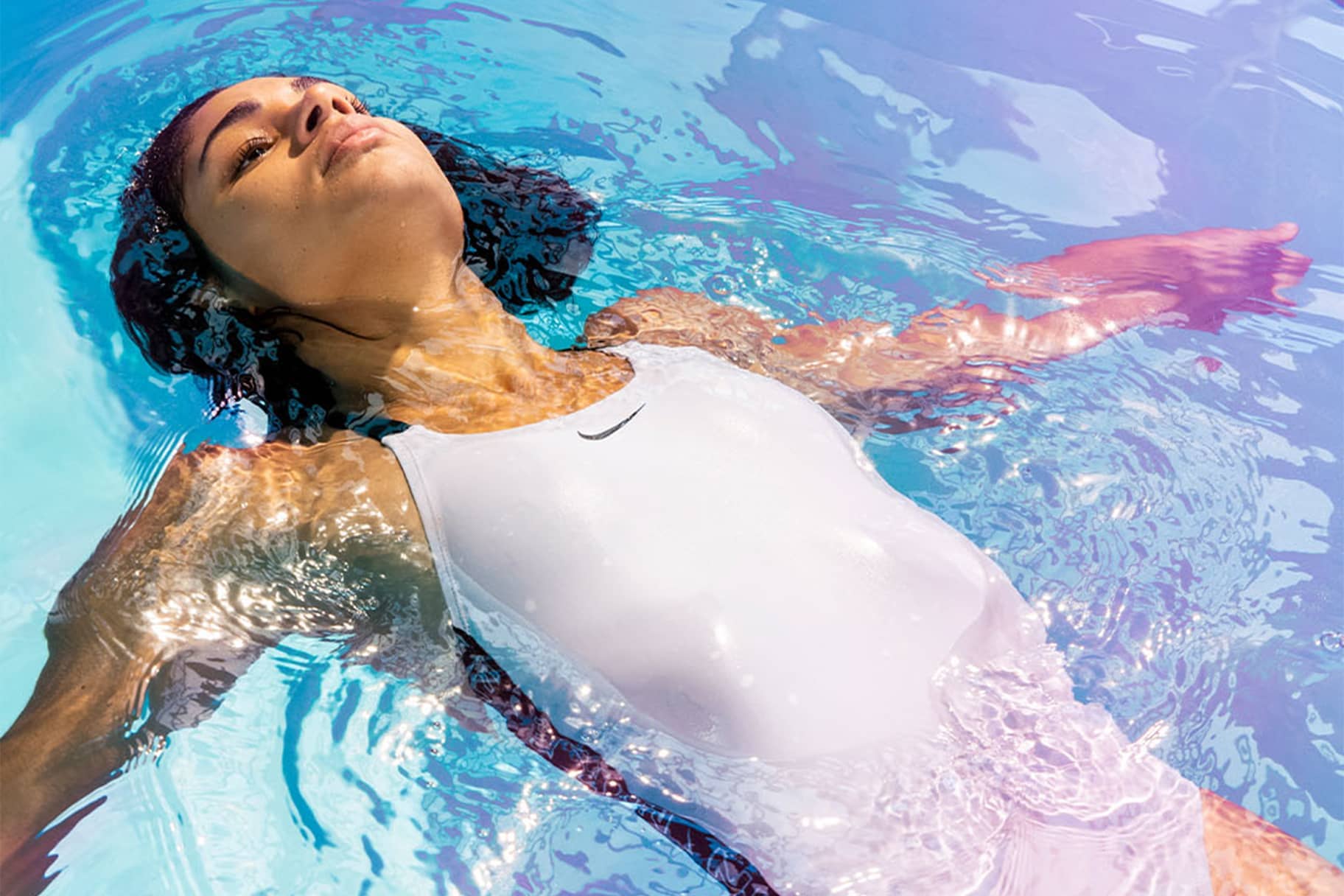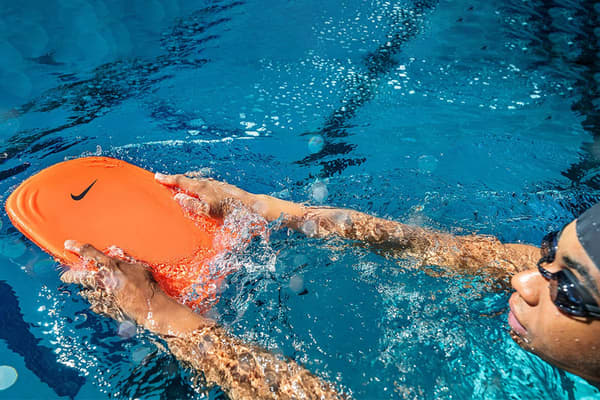What Is Swimmer's Ear and How Do You Treat It?
Health & Wellness
Doctors advise on symptoms, treatments and prevention tips for swimmer's ear.

If you're someone who spends lots of time swimming, or if you have a kid who never wants to get out of the water, you may be familiar with swimmer's ear. But what exactly is it? And can you avoid it during a season full of swimming? Here's what the experts had to say about swimmer's ear—and what to do if you experience it.
What Is Swimmer's Ear and What Causes It?
This infection, formally known as acute otitis externa, may be associated with swimming, but you can end up with this uncomfortable condition even without getting in the water.
"Even though swimmer's ear commonly occurs in those who spend a lot of time in water, you don't have to go swimming to get swimmer's ear", said Liu. "Swimmer's ear can occur from ear-canal abrasion (like a scratch), from a foreign body in the ear canal or from aggressive cleaning of the ear canal".
Scratching the ear canal while using a cotton bud is one of the most common risk factors for swimmer's ear. In fact, according to a 2004 study in the International Journal of Pediatric Otorhinolaryngology, 70 percent of the child participants had their ears cleaned with a cotton bud in the 10 days leading up to the diagnosis.
Other common causes of swimmer's ear include excess moisture in the ear canal, exposure to high levels of bacteria in contaminated water and using ear devices that can irritate the skin.
How to Know if You Have Swimmer's Ear
The US-based Centers for Disease Control and Prevention (CDC) notes that anyone can get swimmer's ear, but it's most common in children. It's easy to confuse the symptoms of swimmer's ear with a middle-ear infection, another common condition in children. According to the CDC, if you can move around your outer ear without pain or discomfort, it's more likely to be a middle-ear infection than acute otitis externa.
How to Treat Swimmer's Ear
A 2019 review of the condition and its treatments found that topical antiseptic agents (treatments that stop or slow down the growth of micro-organisms), including acetic acid, chlorhexidine, aluminium acetate and others, were effective for cases that can be treated within a week. But for more stubborn cases, antibiotics or steroids may be needed. Make sure you contact your doctor to find the best treatment for your needs.
The study also noted that doctors treat this condition by applying topical ear drops to cleanse the ear canal and by "using local antibiotics and/or corticosteroids" to address any pain.
That said, your medical expert may suggest additional measures if there are complications. According to a 2020 peer-reviewed summary of the condition, this can include chronic otitis externa, where the condition keeps coming back; malignant otitis externa, a serious infection that can affect the bones in your ear canal and skull; periauricular cellulitis, or bacterial infection of the tissue surrounding the outer ear; and others.
RELATED: Should You Work Out if You're Sick?
How to Prevent Swimmer's Ear
"Avoid putting anything inside the ear canal", suggested Gold. "It is also advisable to dry the ears well after prolonged water exposure".
You can dry the outside of your ear with a towel and tip your head to shake out excess water. And the CDC recommends gently tugging on the earlobe while tipping to help clear all the water. To help prevent water from getting into the ear, consider wearing a swim cap or ear plugs in the pool.
Plus, if you frequently get swimmer's ear, Gold suggested preventatively using acetic acid drops. To obtain these drops, you'll need to pay a visit to the doctor to receive a diagnosis and prescription.
Words by Clara Olshansky




